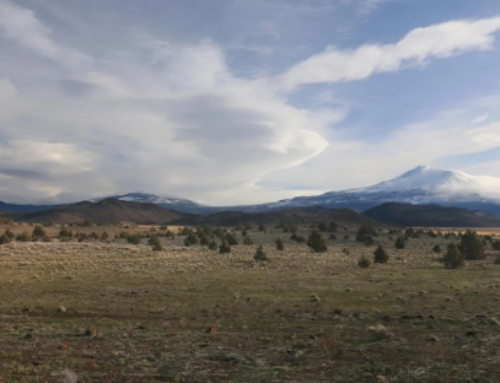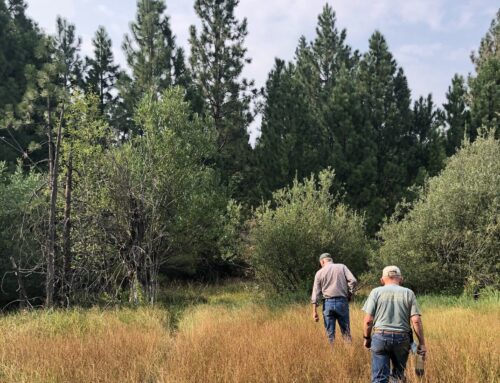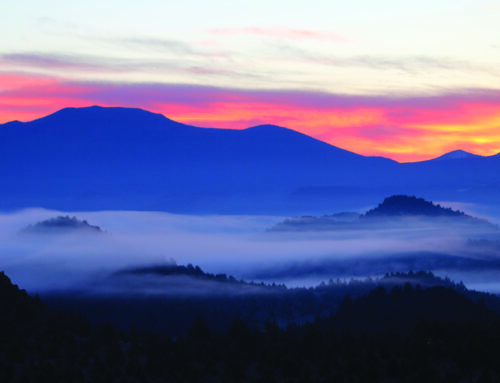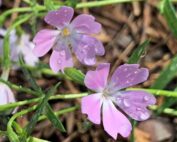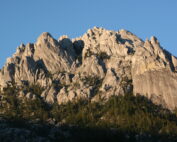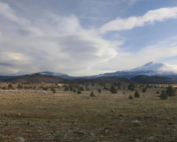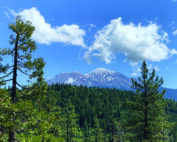On Thursday, May 14, SLT presented an online webinar with biologist Michael Kauffmann, co-hosted by the North Coast Chapter of the California Native Plant Society, where we virtually explored the one-square-mile section in the mountains west of Callahan and Etna that has been documented as one of the richest conifer assemblages on Earth! The webinar was on Zoom the evening of May 14.
 Click for the recorded webinar on Youtube
Click for the recorded webinar on Youtube
Follow the links below for additional information about the Miracle Mile, conifers, the Klamath Mountains, Michael Kauffmann and land conservation in our far northern California region:
- SLT’s free email signup is at siskiyoulandtrust.org/news/
slt-newsletters . We send emails via this MailChimp system a couple times each month, and welcome you to join the MailChimp list. - Michael’s website at michaelkauffmann.net has a great blog with information on conifers, the Klamath range, and more.
- His fabulous books and field guides are available at backcountrypress.com/book-
author/michael-kauffmann – including the upcoming title The Klamath Mountains – A Natural History. - Backcountry Press also has a free email newsletter, and you can sign up at the bottom of any page on the backcountrypress.com website.
- You may also wish to sign up for the email news from North Coast Chapter of the California Native Plant Society – our co-host for this webinar.
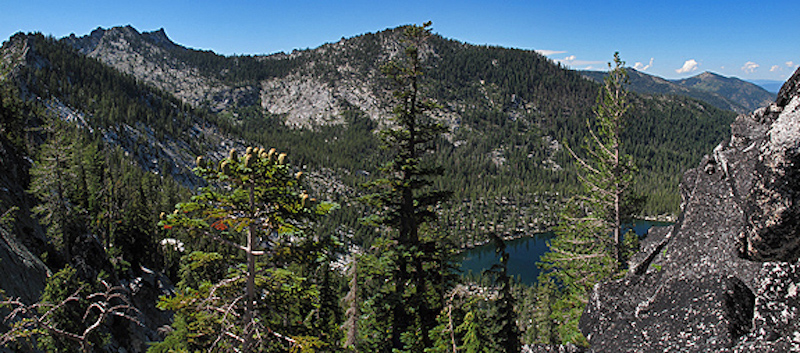
Siskiyou Land Trust’s connection to the Miracle Mile is profound. One of our current projects is the Scott River Headwaters, a major conservation easement that will preserve nearly 40,000 acres of working forest above western Scott Valley. Our partnership with Ecotrust Forest Management includes the watersheds leading up to the Miracle Mile.
Humboldt County educator, author, and ecologist Michael Kauffmann has been studying the ecosystems of Klamath Mountains for over 15 years. His book, Conifer Country, is the definitive field guide to the region. A new and highly anticipated book, The Klamath Mountains: A Natural History is due out in the fall.
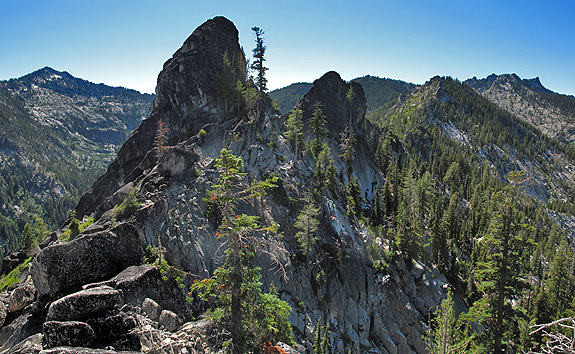 Kauffmann shared his love of the Miracle Mile with photos and stories about the amazing plants from the region, including the story of two botanists who hiked into the backcountry of Siskiyou County in 1970 and changed our understanding of conifer distributions, plant associations, and wilderness in California. John Sawyer and Dale Thornburg from Humboldt State University walked up Sugar Creek on a search for one of California’s rarest conifers – the Engelmann spruce. They sought out and documented plants along the way. As they reached the high ridges around Russian Peak, they were amazed at the diversity. Near Little Duck Lake, Dale identified the first subalpine fir ever found in California (though it took him half an hour to convince John what they had discovered).
Kauffmann shared his love of the Miracle Mile with photos and stories about the amazing plants from the region, including the story of two botanists who hiked into the backcountry of Siskiyou County in 1970 and changed our understanding of conifer distributions, plant associations, and wilderness in California. John Sawyer and Dale Thornburg from Humboldt State University walked up Sugar Creek on a search for one of California’s rarest conifers – the Engelmann spruce. They sought out and documented plants along the way. As they reached the high ridges around Russian Peak, they were amazed at the diversity. Near Little Duck Lake, Dale identified the first subalpine fir ever found in California (though it took him half an hour to convince John what they had discovered).
As their exploration continued, they eventually realized that in a roughly drawn square mile around their campsite they had identified the rare Engelmann spruce, along with an amazing assortment of pine, fir, spruce, hemlock, yew, cedar and juniper species.
The ‘Miracle Mile’ was born. While the entire Klamath Range is rich in biological diversity, the drainage below Russian Peak is a unique habitat for 18 different types of conifer…a Miracle Mile of conifers.
